
Nu – one of the constants of creativity Engra. Charles Baudelaire said that the artist “follows the bends of the female body with the passion of an ardent lover.” Theophile Gotte considered the “Venus Anadiomen” of Engra a revival of Greek classicism, calling it “anew discovered by Venus, carved by the great Apelles”. “Source”, 1820-1856 presents the viewer another archetype of the classical figure, extremely idealized and at the same time thoroughly sensual.
Over his nude Ingres worked extremely painstakingly, trying to combine in them emotionality with rigor and irreplaceability of form. Preparatory drawings for the “Big Odalisque” show a long process of searching for the one and only necessary position of the heroine, thanks to which the picture turns into a true masterpiece. And if in the initial sketches the artist obviously was fond of a certain “eroticization” of the future picture, then gradually the emotional game gave way to thorough “formal” work.
There was a transformation of the female body into a plastic form-idea, which, however, did not diminish the created image of liveliness and erotic attraction. Such an idealization in general is a characteristic feature of Engra’s nude. This approach was not always welcomed by artistic criticism. So, the neck of the heroine “Roger and Angelica” wit called the “third breast.” Similar words were spoken about the picture “Ancient Angelika”. The neck of the goddess from the painting “Jupiter and Thetis” was compared to goitre, and “Big Odalisque” was found with an extra cervical vertebra. At the same time, they did not see the continuity of Ingres’s daring, coming from the distortion of forms, with which the Italian and French Mannerists “noted” in the history of painting.
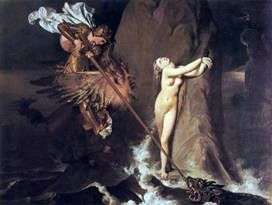 Angélica Encantada – Jean Auguste Dominique Ingres
Angélica Encantada – Jean Auguste Dominique Ingres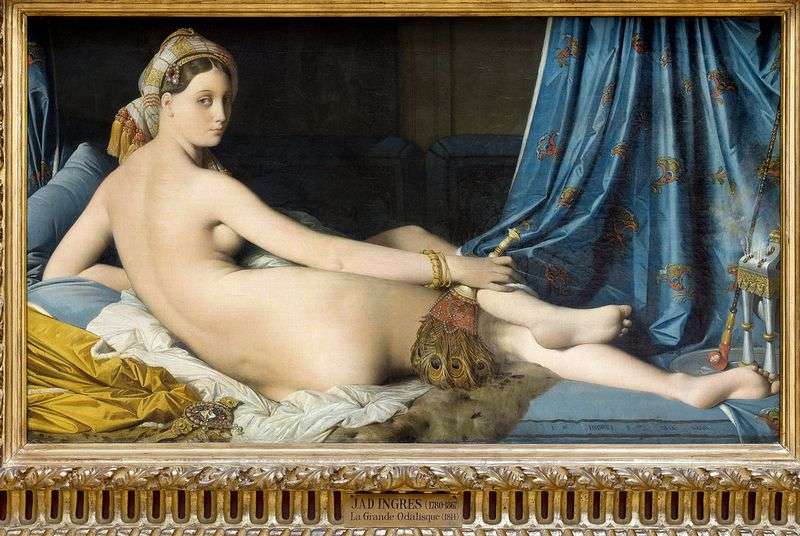 The Great Odalisque by Jean-Auguste Dominique Ingres
The Great Odalisque by Jean-Auguste Dominique Ingres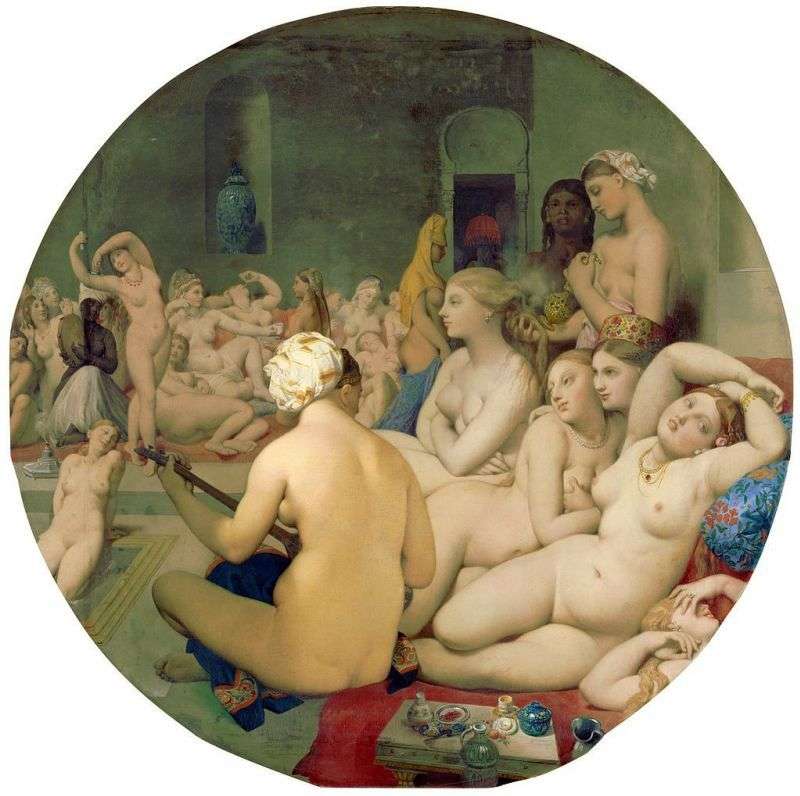 Turkish bath by Jean Auguste Dominique Ingres
Turkish bath by Jean Auguste Dominique Ingres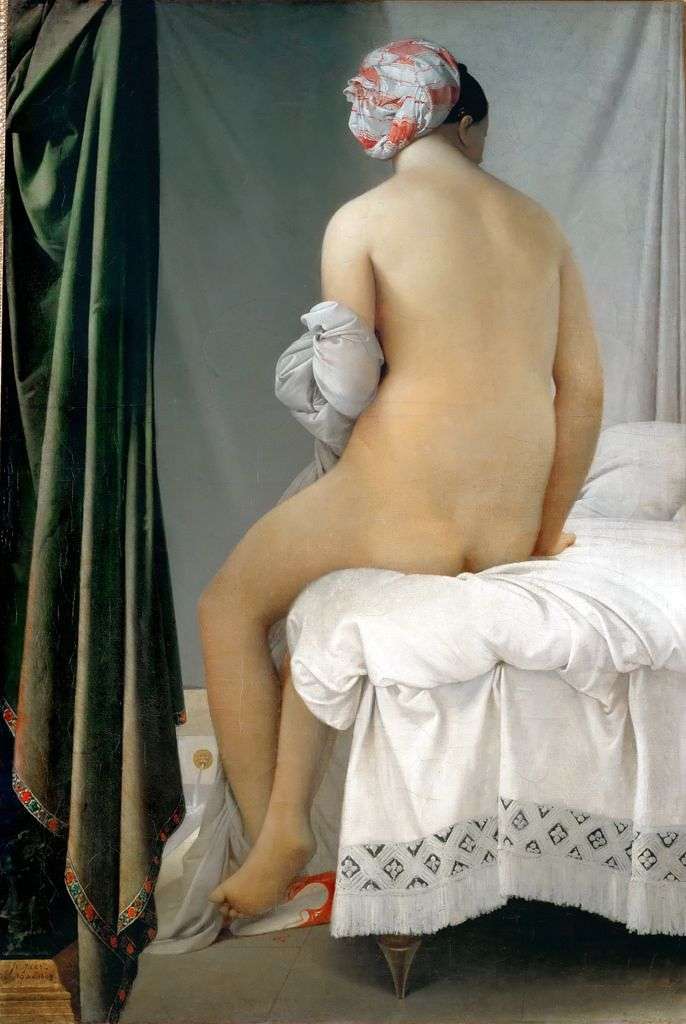 Bather of Valpinson (big bather) by Jean Auguste Dominique Ingres
Bather of Valpinson (big bather) by Jean Auguste Dominique Ingres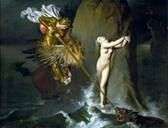 Roger y Angélica – Jean Auguste Dominique Ingres
Roger y Angélica – Jean Auguste Dominique Ingres Roger and Angelique by Jean Auguste Dominique Ingres
Roger and Angelique by Jean Auguste Dominique Ingres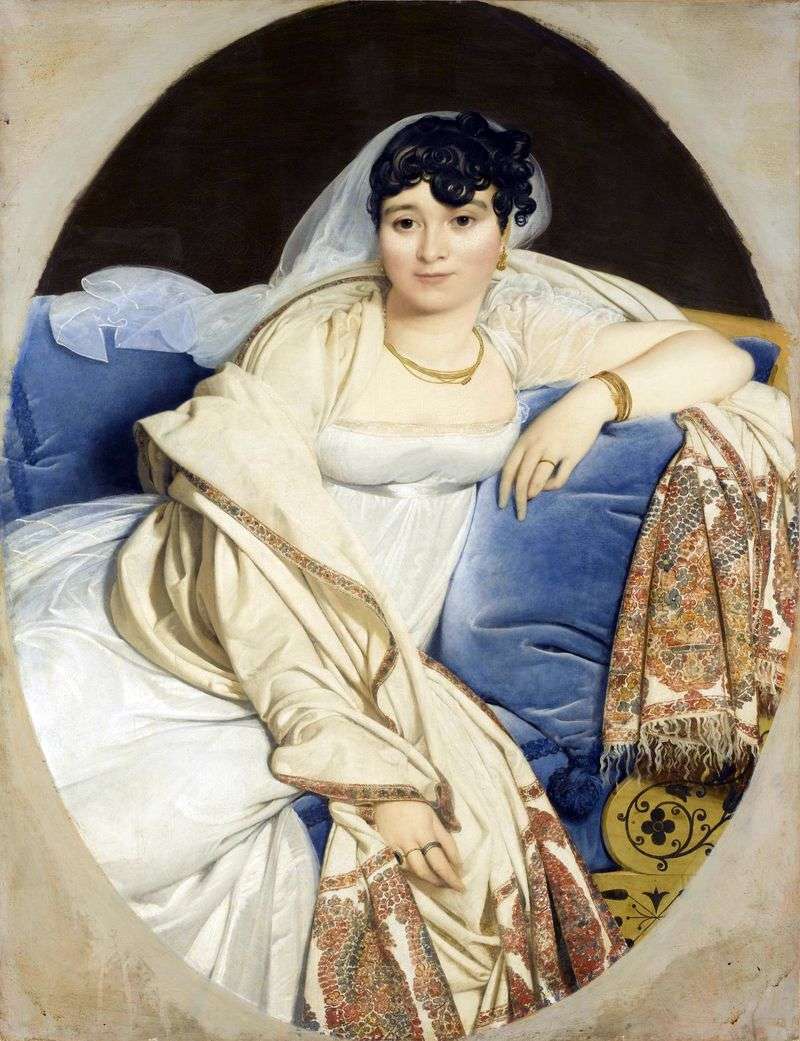 Portrait of Mrs. Riviere by Jean Auguste Dominique Ingres
Portrait of Mrs. Riviere by Jean Auguste Dominique Ingres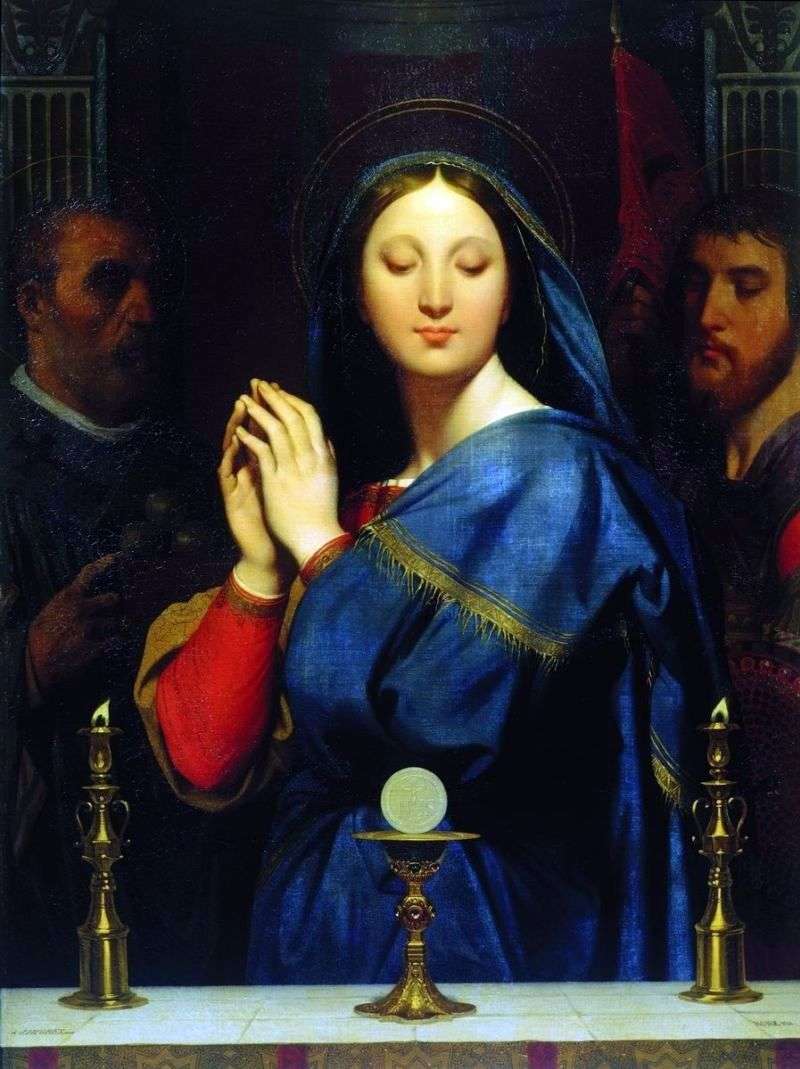 Madonna in front of a cup with participle by Jean Auguste Dominique Ingres
Madonna in front of a cup with participle by Jean Auguste Dominique Ingres